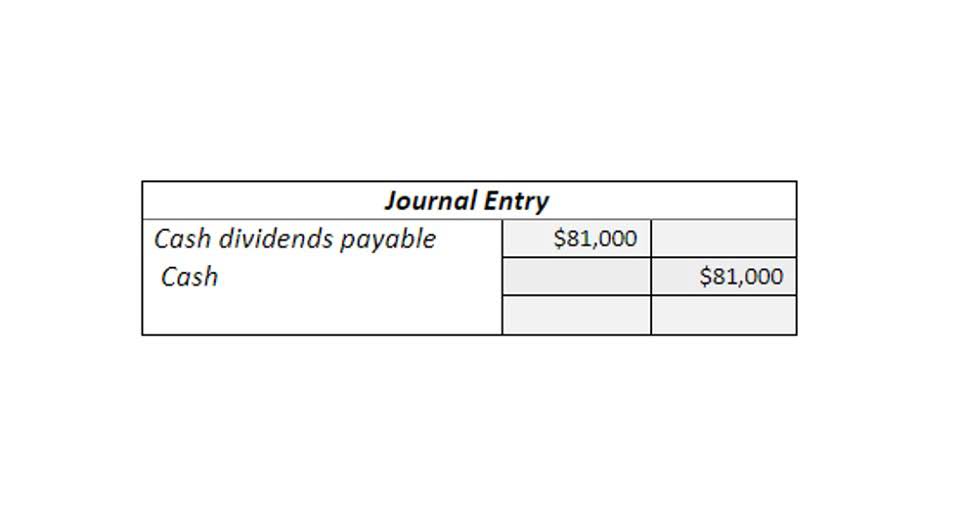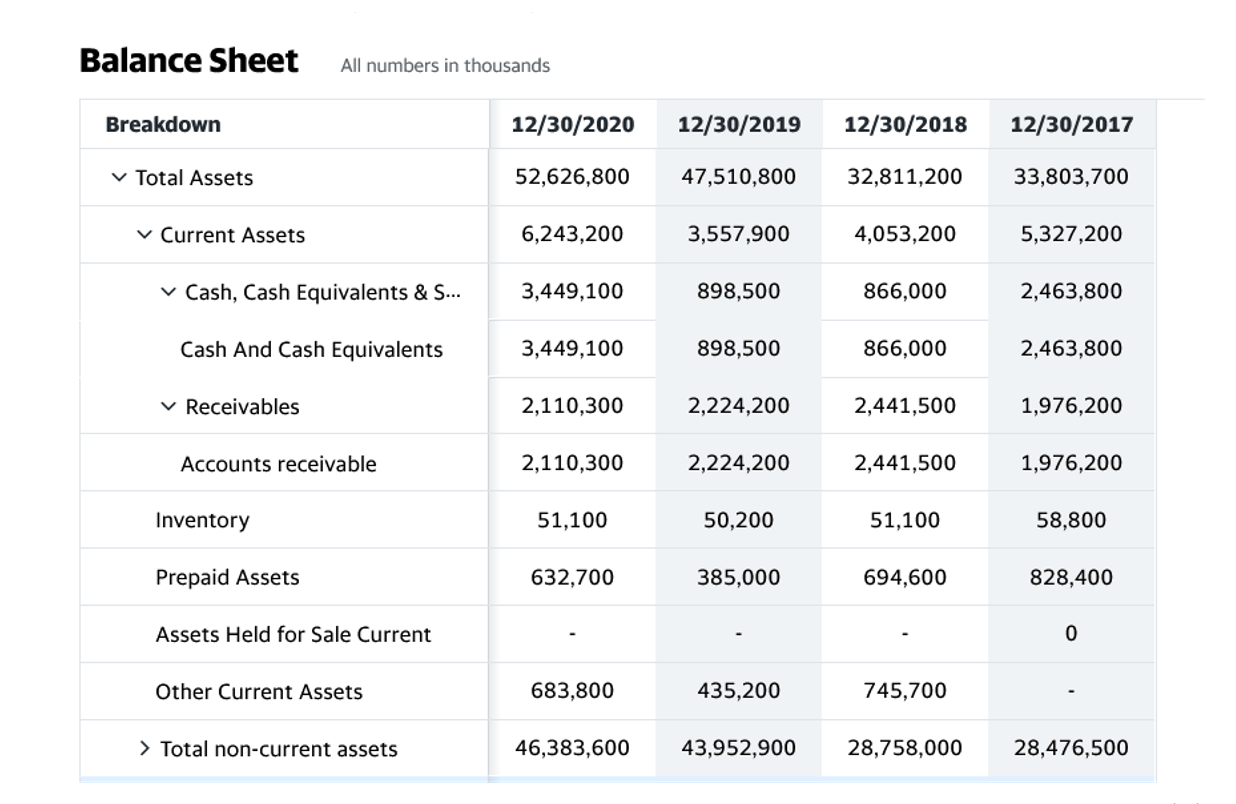
A recent report by gov info highlights the usage and features of cash management bills. Cash management bills supplement regularly auctioned Treasury Bills and allow The Treasury to simultaneously remain below the statutory debt limit and meet its projected cash needs for any given month. When we opt for the distinction of Cash Management Bill vs Treasury bill, there is a thin line of difference. In comparison, Cash Management Bills are issued for less than a term of ninety days, whereas T Bills can be issued for about a one-year time frame. Because treasury bills are backed by the full faith and credit of the US government, T-Bills are considered to be one of the safest investment vehicles available.
- Cash Management Bills(CMBS) are issued by the Reserve Bank of India on behalf of the central government to meet urgent financial requirements.
- Cash Management Bills can be issued in fungible form and non-fungible form.
- The interest costs are lower compared to other forms of borrowings, such as T-Bills and Ways & Means Advances.
- It’s all about knowing when to focus on the short-term and when to think long-term.
Is there any other context you can provide?
There was a positive correlation between the total amount of CM bills issued and the yield differential. Issuing CM bills in several tranches may result in an increase in the yield differential but a decrease in overall borrowing costs. There’s a chance that the yield differentials on CM bills that mature on big tax payment dates will be lower. Regular Bills Are inherently Less Predictable Than CM Bills, Which Are Already Uncertainty.
Optimizes working capital
Participating by main dealers is the main requirement balance sheet for fungible CMBs and routine T-bills and bond issuance, but not for non-fungible CMBs. They may be issued before income tax payments are received or before the government has to make a large payment of some sort. They keep an eye on the economy, your industry and your business, helping you prepare for bumps in the road and make smarter investment decisions. The articles and research support materials available on this site are educational and are not intended to be investment or tax advice. All such information is provided solely for convenience purposes only and all users thereof should be guided accordingly.
Understanding Cash Management Bills
Let’s look at a hypothetical example of Dutch startup WREN to illustrate how cash management and treasury management differ in practice. FDIC insurance applies to deposit accounts at FDIC-insured banks but not to investments such as stocks, bonds, mutual funds, life insurance policies, annuities, or fixed-income securities, including T-Bills. Treasury management’s responsibilities include managing investments, handling long-term debt, and ensuring the organization has access to capital when needed.

Our Team Will Connect You With a Vetted, Trusted Professional
This assurance makes them appealing to risk-averse investors seeking to preserve their capital while earning a modest return. Despite not offering periodic interest payments, the gain realized at maturity is equivalent to having earned interest. The difference between the discounted sale price and the face value the Bill acts as the interest paid to Bookkeeping for Chiropractors investors for owning a Treasury Bill.

Characteristics of Treasury Bills

However, it’s important to note that with an increase in these rates, the yield on outstanding T-Bills may rise, but the overall value of pre-existing T-Bills could decline. For example, T-Bills purchased at a 3% rate could drop in value if rates rise to 4%. Explore Ramp’s solutions today for free and see how we can help you build a healthier, more efficient business. Cash Management Bills (CMBs) are usually bought by institutional investors because they tend to require a high minimum investment.
What is the approximate value of your cash savings and other investments?
- Explore Ramp’s solutions today for free and see how we can help you build a healthier, more efficient business.
- Cash management bills are short-term debt instruments issued by the government, typically the central government, to address temporary cash flow imbalances.
- In fact, cash management bills can be issued on any business day with as little as one day’s notice.
- The aim being to ensure a company can meet its short-term financial obligations and keep its operations running.
- Treasury Bills have a variety of interest rates which are comparatively higher, and cash management bills minimum amount to much fewer interest rates.
- The Treasury uses the money via these issues to compensate for temporary financial deficits and provide funding for unexpected expenses as other bills are not frequently issued.
Cash management also helps you better understand what’s left over after everything is paid for, and treasury management will help you understand what to do with that money. For instance, you want plenty of runway so that your business could, theoretically, continue running for several months even without earning a dime. Beyond that, excess cash should be put to work earning interest rather than sitting idle. While treasury management and cash management are sometimes interchangeable for some, they’re not the same thing. Treasury management is about a lot more than simply monitoring your revenue and spending. They look closely at your industry, the economy as a whole, and potential obstacles as a whole, and better help the company prepare for the unexpected and make more informed decisions.
When to Hire an Accountant vs. Bookkeeper

A Cash Management Bill (CMB) is a short-term security issued by the government to compensate for a cash shortage. Such bills offer high flexibility to officials working on monetary policy and management of the money supply. Investors can use them as fast investments, although because the lowest possible denomination is usually high, institutional investors are the primary participants in sales of such securities. Information on recent and upcoming sales may be available directly from government representatives as well as a website. In the treasury department, treasury management often involves managing a city’s long-term investments or debt.
It reveals to businesses how they can treasury and cash management manage their money more intelligently. Banks are drawn to CMBs as these bills qualify as eligible securities for maintaining the Statutory Liquidity Ratio, as mandated by the Banking Regulation Act, 1949. Simultaneously, mutual funds, in search of a secure and liquid avenue to park funds from liquid schemes, also perceive CMBs as a viable option. Cash management bills provide an array of benefits for the government, central bank, and investors.
